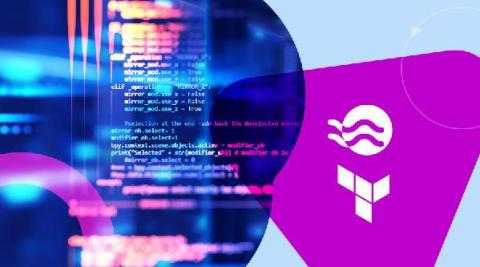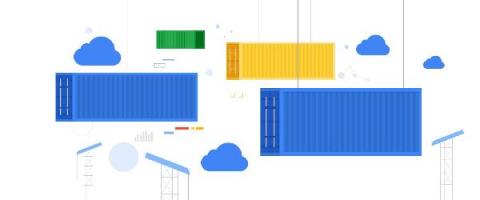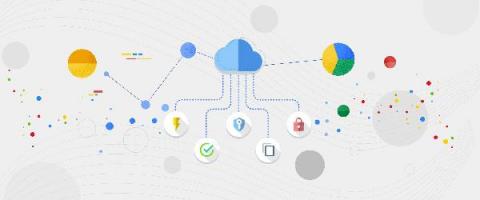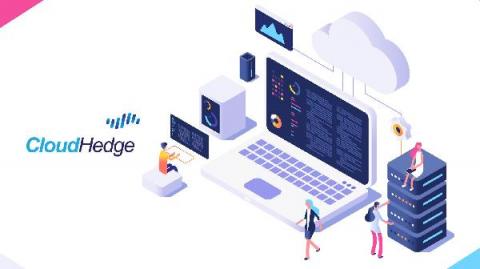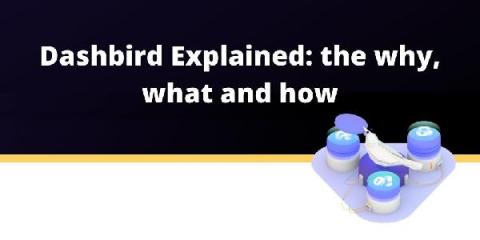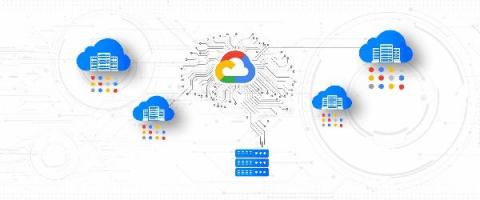Operations | Monitoring | ITSM | DevOps | Cloud
Latest News
Manage Ocean GKE Virtual Node Groups using Terraform
Spot by NetApp allows its users to manage their application infrastructure using a variety of provisioning tools. One of these tools is Terraform, an infrastructure as code (IaC) tool that allows users to build, change, and version infrastructure safely and efficiently. Spot by NetApp solutions supports multiple Terraform resources, such as Elastigroup, EMR Mr scaler, Managed Instance, and Ocean clusters for different cloud providers, and many more.
Verify GKE Service Availability with new dedicated uptime checks
Keeping the experience of your end user in mind is important when developing applications. Observability tools help your team measure important performance indicators that are important to your users, like uptime. It’s generally a good practice to measure your service internally via metrics and logs which can give you indications of uptime, but an external signal is very useful as well, wherever feasible.
Orchestration in Telcos: the multi-vendor and multi-cloud environments...
The use of NFV migration is becoming commonplace, it is made apparent there is a need for a higher degree of software management, smoother upgrades, and deployment process. Due to the complexity of the migration, Telcos have been deterred from adoption. A solution should be out there to aid businesses in managing and deploying network automation, orchestration, and managed services. In general, a telco network is complex and needs to be managed using multiple perspectives.
Monitor and troubleshoot your VMs in context for faster resolution
Troubleshooting production issues with virtual machines (VMs) can be complex and often requires correlating multiple data points and signals across infrastructure and application metrics, as well as raw logs. When your end users are experiencing latency, downtime, or errors, switching between different tools and UIs to perform a root cause analysis can slow your developers down.
Going Beyond with Hybrid Cloud using CloudHedge - The Best of Both Worlds
Lately, enterprises are moving towards a hybrid solution that offers the best of both worlds. A hybrid cloud setup combines two infrastructures like a private cloud with one or more public cloud further enabling communication between each distinct service. To maximize returns, a hybrid cloud strategy equips the enterprise with greater flexibility and control by moving workloads between clouds as costs and resources fluctuate.
Dashbird Explained: the why, what and how
Here’s everything you need to know to get started with Dashbird – the complete solution for End-to-End Infrastructure observability , Real-time Error Tracking, and Well-Architected Insights. When working with AWS, One cannot emphasize enough the architectural best practices for designing workloads. One of those best practices is to design the solution in such a way that the monitoring of infrastructure and troubleshooting of errors and problems is achieved effortlessly.
Troubleshoot GKE apps faster with monitoring data in Cloud Logging
When you’re troubleshooting an application on Google Kubernetes Engine (GKE), the more context that you have on the issue, the faster you can resolve it. For example, did the pod exceed it’s memory allocation? Was there a permissions error reserving the storage volume? Did a rogue regex in the app pin the CPU? All of these questions require developers and operators to build a lot of troubleshooting context.
6 Strategic Recommendations FP&A Can Make With Cloud Cost Intelligence
Use log buckets for data governance, now supported in 23 regions
Logs are an essential part of troubleshooting applications and services. However, ensuring your developers, DevOps, ITOps, and SRE teams have access to the logs they need, while accounting for operational tasks such as scaling up, access control, updates, and keeping your data compliant, can be challenging. To help you offload these operational tasks associated with running your own logging stack, we offer Cloud Logging.



